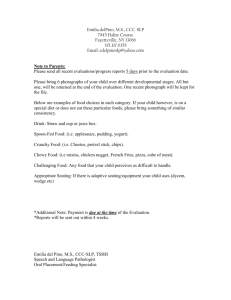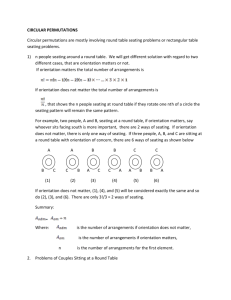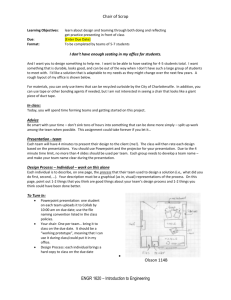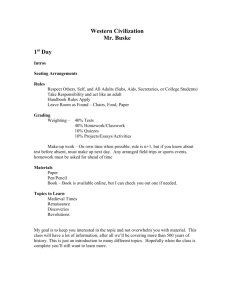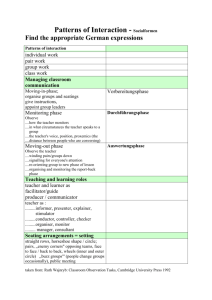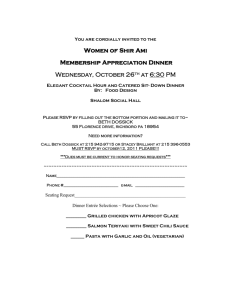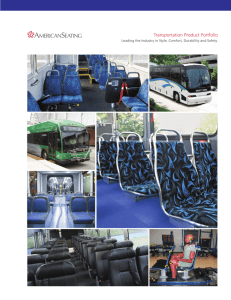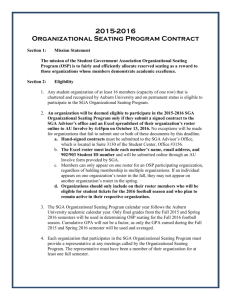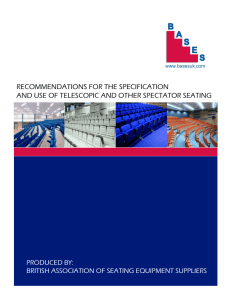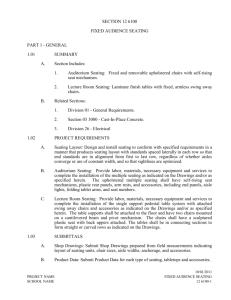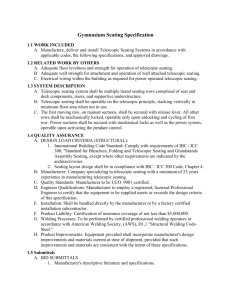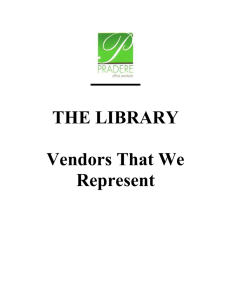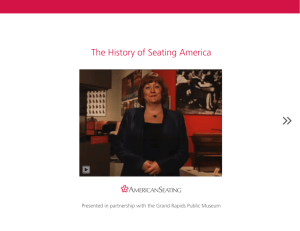Seating Arrangements in Classrooms
advertisement
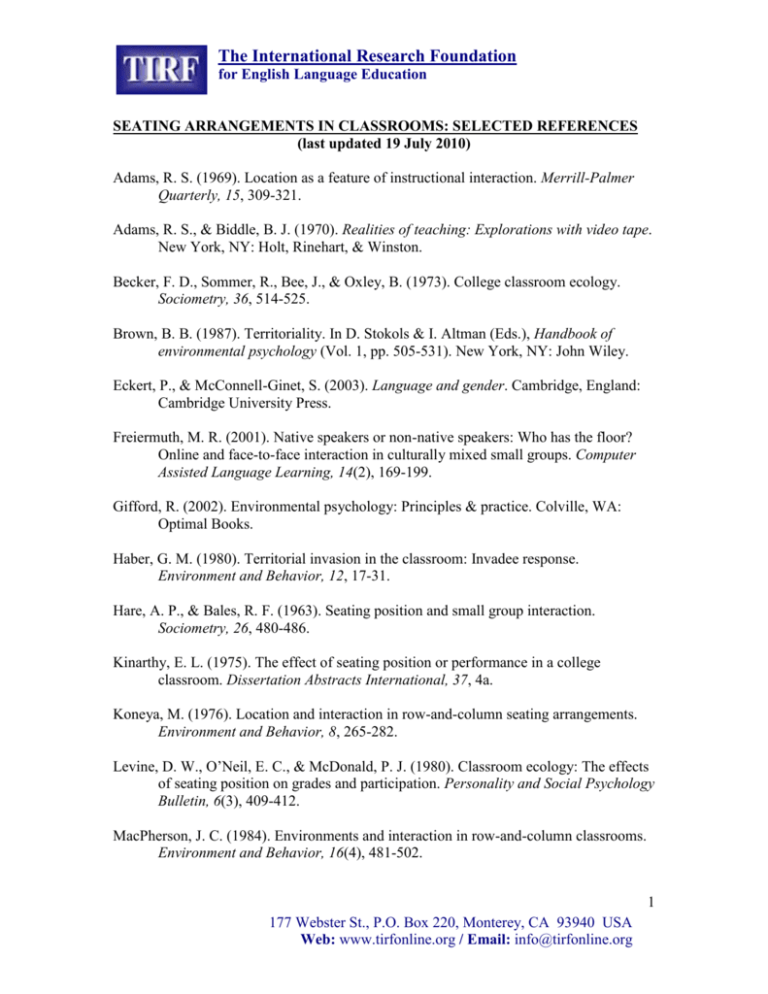
The International Research Foundation for English Language Education SEATING ARRANGEMENTS IN CLASSROOMS: SELECTED REFERENCES (last updated 19 July 2010) Adams, R. S. (1969). Location as a feature of instructional interaction. Merrill-Palmer Quarterly, 15, 309-321. Adams, R. S., & Biddle, B. J. (1970). Realities of teaching: Explorations with video tape. New York, NY: Holt, Rinehart, & Winston. Becker, F. D., Sommer, R., Bee, J., & Oxley, B. (1973). College classroom ecology. Sociometry, 36, 514-525. Brown, B. B. (1987). Territoriality. In D. Stokols & I. Altman (Eds.), Handbook of environmental psychology (Vol. 1, pp. 505-531). New York, NY: John Wiley. Eckert, P., & McConnell-Ginet, S. (2003). Language and gender. Cambridge, England: Cambridge University Press. Freiermuth, M. R. (2001). Native speakers or non-native speakers: Who has the floor? Online and face-to-face interaction in culturally mixed small groups. Computer Assisted Language Learning, 14(2), 169-199. Gifford, R. (2002). Environmental psychology: Principles & practice. Colville, WA: Optimal Books. Haber, G. M. (1980). Territorial invasion in the classroom: Invadee response. Environment and Behavior, 12, 17-31. Hare, A. P., & Bales, R. F. (1963). Seating position and small group interaction. Sociometry, 26, 480-486. Kinarthy, E. L. (1975). The effect of seating position or performance in a college classroom. Dissertation Abstracts International, 37, 4a. Koneya, M. (1976). Location and interaction in row-and-column seating arrangements. Environment and Behavior, 8, 265-282. Levine, D. W., O’Neil, E. C., & McDonald, P. J. (1980). Classroom ecology: The effects of seating position on grades and participation. Personality and Social Psychology Bulletin, 6(3), 409-412. MacPherson, J. C. (1984). Environments and interaction in row-and-column classrooms. Environment and Behavior, 16(4), 481-502. 1 177 Webster St., P.O. Box 220, Monterey, CA 93940 USA Web: www.tirfonline.org / Email: info@tirfonline.org The International Research Foundation for English Language Education Marx, A., Fuhrer, U., & Hartig, T. (2000). Effects of classroom seating arrangements on children’s question-asking. Learning Environments Research, 2, 249-263. McGrath, J. E., & Altman, I. (1966). Small group research: A synthesis and critique of the field. New York, NY: Holt, Rinehart, & Winston. Montello, D. R. (1988). Classroom seating location and its effect on course achievement, participation, and attitudes. Journal of Environmental Psychology, 8, 149-157. Shamim, F. (1996). In or out of the action zone: Location as a feature of interaction in large ESL classes in Pakistan. In K. Bailey & D. Nunan (Eds.), Voices from the language classroom: Qualitative research in second language education (pp. 123-144). New York, NY: Cambridge University Press. Smith, R. M., Neisworth, J. T., & Greer, J. G. (1978). Evaluating educational environments. Columbus, OH: Charles E. Merrill. Sommer, R. (1967). Classroom ecology. Journal of Applied Behavioral Science, 3, 489503. Sommer, R. (2002). Personal space in a digital age. In R. B. Bechtel & A. Churchman (Eds.), Handbook of environmental psychology (pp. 647-660). New York, NY: John Wiley. Steinzor, B. (1950). The spatial factor in face-to-face discussion groups. Journal of Abnormal and Social Psychology, 45, 552-555. Stires, L. (1980). Classroom seating location, student grades, and attitude: Environment or self-selection? Environment and Behavior, 12(2), 241-254. Totusek, P. F., & Staton-Spicer, A. Q. (1982). Classroom seating preference as a function of student personality. Journal of Experimental Education, 3, 159-163. Weinstein, C. S. (1985). Seating arrangements in the classroom. In T. Huseun & T. N. Postlethwaite (Eds.), International encyclopedia of education (pp. 103-145). New York, NY: Pergamon. Zhu, W. (2001). Interaction and feedback in mixed peer response groups. Journal of Second Language Writing, 10(4), 251-276. 2 177 Webster St., P.O. Box 220, Monterey, CA 93940 USA Web: www.tirfonline.org / Email: info@tirfonline.org



